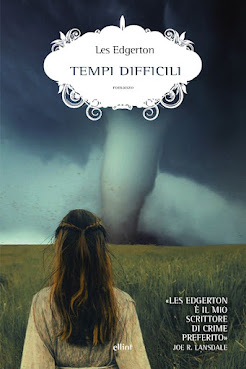Hi folks,
Was just sent this article with a mention of Hooked in the San Francisco Chronicle! I'm jazzed!
Scenes
from the life of a writer trying to write scenes
Barbara Lane October
4, 2021
The horror genre sometimes gets
little literary praise, but nobody writes plot and dialogue like best-selling
horror master Stephen King.
I met my friend Erin for lunch on
Clement Street recently. As neither of us was ready yet, COVID-wise, to go
inside to eat, we picked up sandwiches at Cafe Bunn Mi and sat down on a bench
in front of the Richmond branch of the San Francisco Public Library.
I have a long and happy history
with that library. I lived a block away for 25 years, and my son grew up in the
children’s section. First it was on my lap as an enthusiastic attendee of the
aptly named Lap Sit program, at which the librarian read stories. Later, along
with countless other Richmond District children, he graduated to choosing his
own books and sitting on the carpet to read, and finally to the perfectly
kid-sized chairs. I loved that having a child gave me access to that little
piece of heaven.
Erin is a writer and, like me, reads
voraciously. She’s published nonfiction, writes a terrific newsletter and is
working on a novel, so, as it always does, our talk turned to writing.
Specifically, dropping into scene.
I read more than almost anyone I
know, and it wasn’t until recently when I started writing (I should say
struggling to write) fiction that I learned about scene. For those of you who
don’t know, a scene is a section of your novel where a character or
characters engage in action or dialogue. You can think of it as a story within
the story, with a beginning, middle and an end.
A scene has a specific time and
place and point of view. It unfolds moment by moment and usually involves
conflict and emotional change. Ideally, it has a goal.
Aha! That was what was wrong with my
so-called novel. Too much expository writing. I was making the classic mistake
of telling, not showing.
Erin recommended two books that have
helped her with scene: Les Edgerton’s “Hooked” and, even though it’s about screenwriting,
Robert McKee’s “Story.” I’ve heard raves from other writers about Stephen
King’s “On Writing.”
A note about Stephen King: I’m not a
fan of horror, and for years I ignorantly dismissed King as a mainstream
commercial writer not worthy of my erudite attention. Then I read “11/22/63,”
his novel about a time traveler who attempts to get back to that fateful day
and stop Lee Harvey Oswald’s assassination of President John F.
Kennedy.
Masterful, this book taught me
plenty. Nobody writes plot and dialogue like Stephen King. I ate crow
big-time. Since then, I’ve read lots of King, most recently his terrific
short story collection “If It Bleeds.”
Great literary scenes stick in the
memory: the fence whitewashing scene in “Tom Sawyer”; Emma Bovary’s erotic
carriage ride with the young clerk Leon; the tea party scene in “The Great
Gatsby”; George telling Lenny the fantasy of their little ranch in Steinbeck’s
“Of Mice and Men”; the horse-head-in-the-bed scene in Mario Puzo’s “The
Godfather.”
In contemporary fiction, Francis
Spufford writes a stunning opening scene of devastation in his new novel “Light
Perpetual,” when a Woolworth’s store in South London and everyone in it is
destroyed by a German rocket. “Mayflies,” Andrew O’Hagan’s latest novel, is full
of vivid scenes of young, small-town, working-class men on a wild adventure at
an epic music festival in Manchester, putting the reader right in the middle of
the madness.
And in Mohsin Hamid’s “Exit West,”
any number of conversations between protagonists Saeed and Nadia drop into
scene, doing more than any expository writing could to evoke the harsh reality
of their unnamed, war-torn city.
Think of your favorite writer, and I
have no doubt you can recall a memorable scene or two. A well-written scene
makes a novel sing.
After Erin left that day, I wandered
into the recently reopened library and was hit immediately with that soft,
comforting library smell of old books. I walked into the children’s section to
find the kid-sized chair with a plaque bearing my son’s name that I’d “bought”
to support the renovation of the building in 2009. And there it was, the same
fern-green wood, a beaver painted on its back, at a small table with five
little chair mates. I could easily see 3-year-old Harry sitting happily with a
picture book.
Wow, I thought. This would make a
good scene.
·
Barbara Lane Barbara Lane can’t
remember a time when she didn’t have her nose in a book. Her column appears every
other Tuesday in Datebook. Email: barbara.lane@sfchronicle.com



























